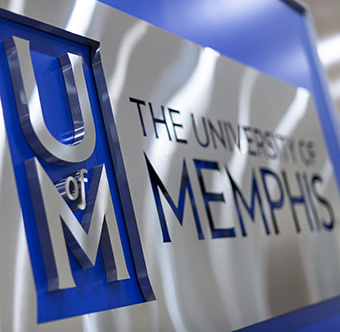From Governing:
A new report finds that the Camden, N.J., schools are failing to educate students and must make substantial changes or face state intervention. It is tragically familiar story, but the threatened response raises as many questions as it answers.
State intervention can mean anything from a top-down district takeover to a bottom-up approach in which the state oversees dramatic change but doesn’t prescribe specific reforms. Evidence suggests that the second approach is better for one simple reason: States have no better idea how to turn around ailing school districts than anyone else does.
Since examples of successful, centrally managed district turnarounds are virtually nonexistent, why not stitch together a variety of educational options for families based on strategies that have worked? The menu must include options that offer opportunity to the bulk of a poorly performing district’s students, not just a few.
Before Hurricane Katrina, less than 5 percent of New Orleans’ public-school students attended charter schools. Today, the number is nearly 80 percent. Nationally, charter schools have been a mixed bag, but they have clearly had a positive impact in New Orleans. Between 2006 and 2011, the city reduced the proficiency gap between the city’s students and state averages by 56 percent.
Another approach that has shown promise is devolving authority to individual schools. Jeffrey Riley, who is superintendent in Lawrence, Mass., a district under state receivership, understands this point. At a recent talk, he said that his approach to district reform is to set goals and enforce accountability but to give school principals and teachers flexibility for how to reach the goals.
Riley doesn’t need to look far to see an example of where that approach has worked. In Barnstable, on Cape Cod, 80 percent of the district’s operating budget is controlled at the school level, significantly more than in any other Massachusetts district. Barnstable has received state and national recognition for financial accountability and responsibility. As of 2008, the district’s overall performance rating under the federal “No Child Left Behind” law was “very high” for English and “high” for math.
While controversial voucher programs for private schools command headlines, many more students are being educated under tax-credit programs. Funds for private-school scholarships come from tax credits granted to corporations and/or individuals for their donations to nonprofit Scholarship Granting Organizations (SGOs), which award the scholarships that families can use to attend the private schools of their choice.
A number of states have such programs. In Florida, corporations received state tax credits for contributions of more than $129 million last year, which provided $4,011 scholarships that allowed 34,550 students to be educated at more than 1,100 private schools.
States don’t distribute the money, but they do provide appropriate oversight. Florida SGOs are required to distribute all the money they receive and to use private fundraising to cover administrative costs. To qualify, students must be eligible for free or reduced-price lunches. Last year, nearly 70 percent of program participants were African-American or Hispanic.
Camden would be best served by New Jersey leaders who know what they don’t know. Rather than a rigid prescription for curing all that ails the city’s schools, they should be unafraid to offer a wide variety of options that have provided opportunity for families in similar situations.




